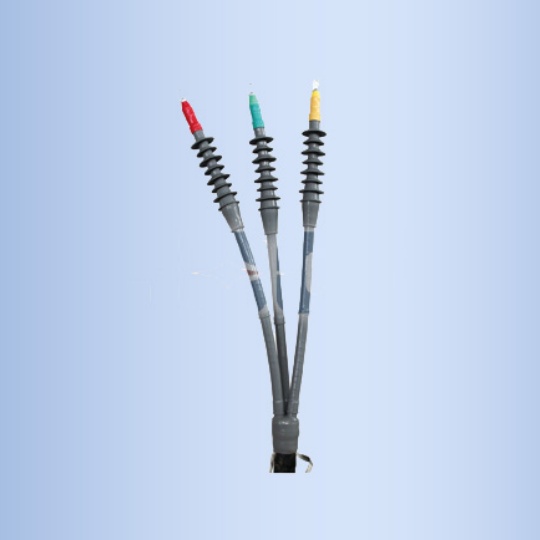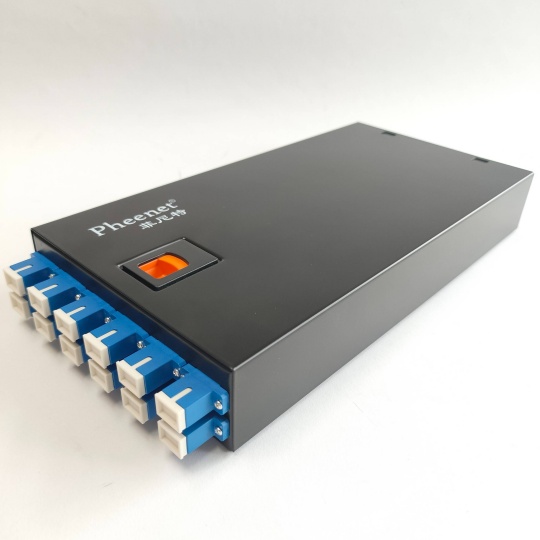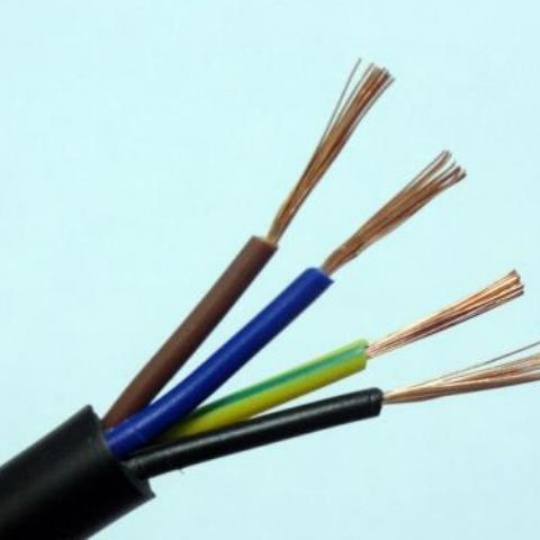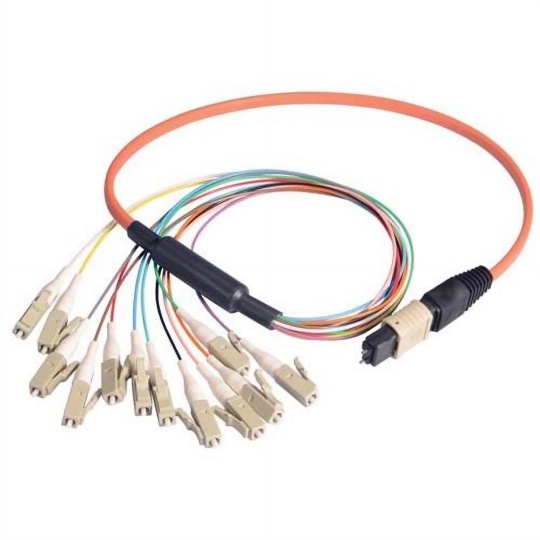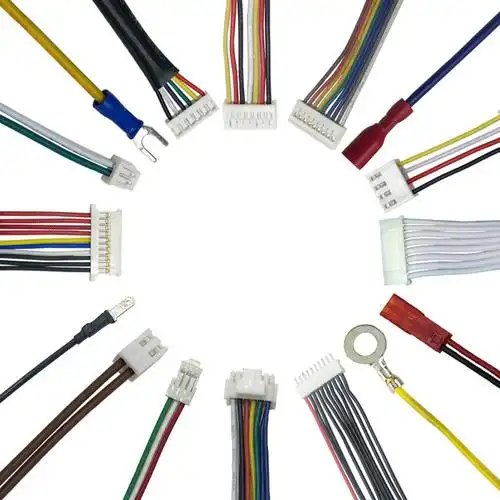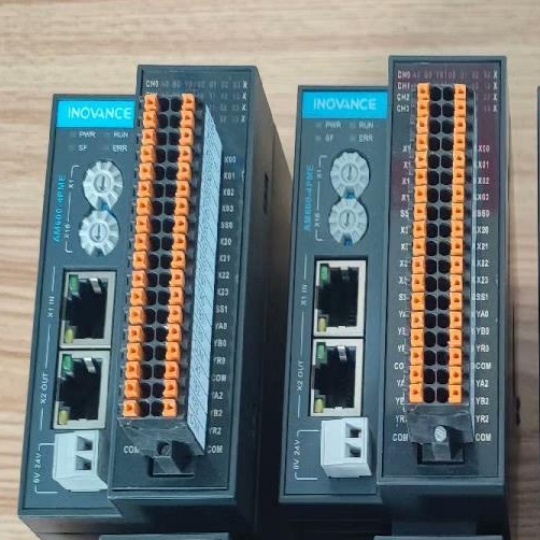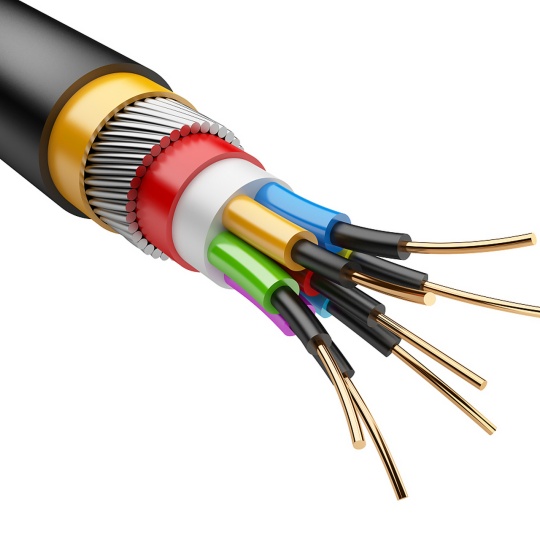Renewables Drive Heavy-Duty Cable Sales: How Clean Energy Is Reshapin...
The global shift toward renewable energy isn’t just transforming how we power our homes and industries—it’s also fueling unprecedented demand for heavy-duty cables. As solar farms, wind turbines, and grid modernization projects multiply worldwide, the need for durable, high-capacity cables has skyrocketed. This article explores why renewables are driving heavy-duty cable sales, key market trends, and what businesses and consumers need to know to stay ahead.
The Renewable Energy Boom and Its Infrastructure Demands
Renewable energy now accounts for over 30% of global electricity generation, according to the International Energy Agency (IEA). Solar and wind power alone are projected to supply 35% of global electricity by 2025. However, these projects require robust infrastructure to transmit energy efficiently over long distances and under harsh conditions.
Heavy-duty cables—designed to withstand extreme temperatures, moisture, and mechanical stress—are critical for:
- Offshore Wind Farms: Subsea cables must endure saltwater corrosion and high-pressure environments.
- Solar Power Plants: High-voltage DC cables connect solar panels to inverters and grids.
- Grid Modernization: Aging power grids are being upgraded with advanced cables to reduce transmission losses.
Key Drivers of Heavy-Duty Cable Demand
1. Government Policies and Climate Goals
Countries like the U.S., Germany, and China are investing billions in renewable energy to meet net-zero targets. For example, the U.S. Inflation Reduction Act (IRA) allocates **$369 billion** for clean energy projects, directly boosting demand for transmission infrastructure.
2. Rising Energy Consumption and Decentralization
As industries and households adopt renewables, decentralized energy systems (e.g., microgrids) require flexible, high-performance cables to link distributed energy sources.
3. Technological Advancements in Cable Design
Innovations such as HVDC (High-Voltage Direct Current) cables enable efficient long-distance transmission with minimal energy loss. Companies like Nexans and Prysmian are also developing fire-resistant and lightweight cables for urban solar installations.
Regional Hotspots for Cable Sales Growth
- Asia-Pacific: Dominates the market due to rapid solar adoption in India and China. China’s State Grid Corp plans to build a **$350 billion ultra-high-voltage grid** by 2025.
- Europe: Offshore wind projects in the North Sea and Baltic Sea are driving demand for subsea cables. The EU aims for 300 GW of offshore wind capacity by 2050.
- North America: Grid modernization and solar farm expansions in states like Texas and California are key growth areas.
Challenges and Solutions in the Cable Industry
While demand surges, manufacturers face hurdles like raw material shortages (e.g., copper and aluminum) and sustainability concerns. To address these:
- Recyclable Materials: Companies are investing in cables made from recycled metals and biodegradable insulation.
- Localized Production: Reducing reliance on global supply chains by building regional manufacturing hubs.
- Smart Cables: Integrating sensors to monitor wear and tear, preventing outages in renewable projects.
Future Outlook: Opportunities for Businesses
The heavy-duty cable market is projected to grow at a CAGR of 6.5% from 2023 to 2030, reaching **$15.8 billion** (Grand View Research). Key opportunities include:
- Hybrid Cables: Combining power and data transmission for smart grids.
- High-Temperature Superconductors (HTS): Reducing energy loss in wind farms.
- Partnerships: Collaborating with renewable developers to design customized solutions.
What Users Should Look for in Heavy-Duty Cables
When selecting cables for renewable projects, prioritize:
- Certifications: Ensure compliance with IEC, UL, and IEEE standards.
- Durability: Opt for UV-resistant, corrosion-proof materials.
- Efficiency: Low electrical resistance cables maximize energy output.



